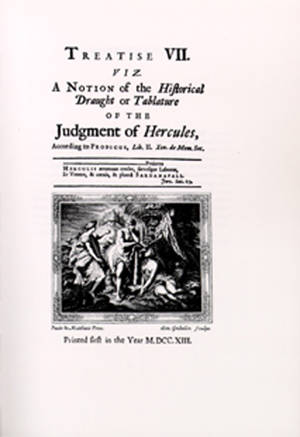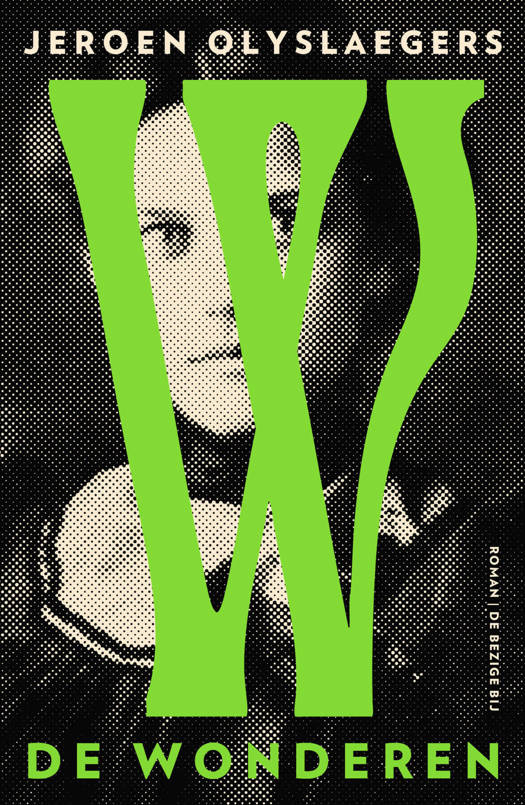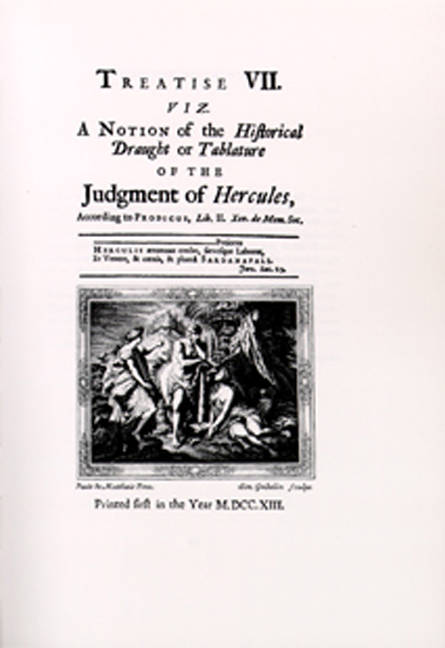
- Afhalen na 1 uur in een winkel met voorraad
- Gratis thuislevering in België vanaf € 30
- Ruim aanbod met 7 miljoen producten
- Afhalen na 1 uur in een winkel met voorraad
- Gratis thuislevering in België vanaf € 30
- Ruim aanbod met 7 miljoen producten
Zoeken
Omschrijving
Die erste kritische Gesamtausgabe von Shaftesburys Schriften zur bildenden Kunst. Als Pendant zu den Characteristicks geplant, gewahren die in Second Characters versammelten Texte selbst in ihrem durch Shaftesburys Tod bedingten fragmentarischen Zustand wesentliche Einblicke in die Asthetik des Autors und liefern uberdies einen grundlegenden Beitrag zur Kunsttheorie des 18. Jahrhunderts. Bereichert wird dieser Band durch eine Fulle an Materialien, so etwa Briefe und Notizen aus den Shaftesbury Papers in The National Archives, Kew. Shaftesbury's writings on the visual arts have previously either never been published or, although available in print, not presented in the form of a reliable critical edition. This volume remedies that situation. Although his Second Characters, planned as companion-piece for Characteristicks, was unfinished at the time of Shaftesbury's death, the surviving fragmentary collection of texts provides a valuable insight into the author's aesthetics, offering at the same time a fundamental contribution to our knowledge of eighteenth-century art theory. -Shaftesbury's instructions to the Italian painter Paolo de Matteis were put to paper as The Judgment of Hercules, a tract which stands in terms of contents between the traditional 'ut pictura poesis' and Lessing's Laokoon. The English version is accompanied here by not only a new German translation, but also Shaftesbury's original French text, as well as colour plates showing the three versions of de Matteis's painting. A Letter Concerning Design (edited here with a German translation), with its far-reaching political implications, and Plasticks - the impressive torso of what was intended as a systematic discussion of art history and theory - similarly reveal the importance for scholarship today of Shaftesbury's thinking on art.
Specificaties
Betrokkenen
- Auteur(s):
- Uitgeverij:
Inhoud
- Aantal bladzijden:
- 514
- Taal:
- Engels, Frans
- Reeks:
- Reeksnummer:
- nr. 5
Eigenschappen
- Productcode (EAN):
- 9783772807671
- Verschijningsdatum:
- 1/11/2001
- Uitvoering:
- Hardcover
- Formaat:
- Genaaid
- Afmetingen:
- 178 mm x 250 mm
- Gewicht:
- 2 g

Alleen bij Standaard Boekhandel
+ 1358 punten op je klantenkaart van Standaard Boekhandel
Beoordelingen
We publiceren alleen reviews die voldoen aan de voorwaarden voor reviews. Bekijk onze voorwaarden voor reviews.








